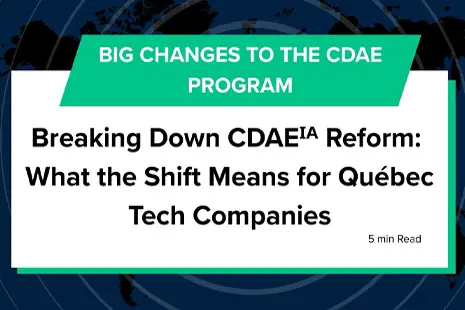The Biden administration has announced more than 30 measures aimed at strengthening domestic and global supply chains in an attempt to both combat high inflation while beefing up the United States’ clean energy ecosystem.
Although the measures were packaged as a boon to consumers in the president’s address, the new Supply Chain Resilience Council actually builds on the administration’s efforts to create more opportunities for businesses in emerging sectors.
Specifically, 11 of the 30 measures directly address the domestic supply of renewable energy. This includes steps to ensure resiliency of the domestic power grid for the long haul, while also funneling money into new business development initiatives to foster homegrown innovation.
Grant programs to fuel clean energy innovation
As part of the announcement, the Department of Energy (DOE) launched more than $275 million in grant selections as part of its Advanced Energy Manufacturing and Recycling Grant Program. This funding will target the redevelopment of facilities once used to produce coal power to be redesigned for clean energy practices, including producing critical materials used for battery and electric vehicle manufacturing.
Additionally, the DOE will allocate $10 million toward a Critical Material Accelerator as well as a $5.6 million prize to “develop circular clean energy supply chains.”
These grant programs build on investments made in June 2022 via the Defense Production Act, which targeted five key technologies as essential to future economic development, including; (1) solar; (2) transformers and electric grid components; (3) heat pumps; (4) insulation; and (5) electrolyzers, fuel cells, and platinum group metals.
In a similar vein, the USDA will commit $196 million in domestic food supply chain investments to create “more opportunity for farmers and entrepreneurs in 37 states and Puerto Rico,” according to the briefing.
This program similarly dovetails with recent regional economic investment programs outlined by the Biden Administration as an extension of the CHIPS and Science Act. Dubbed the Regional Technology and Innovation Hub Program, the announcement details the need for greater investment from both the government and the private sector toward businesses outside of a handful of U.S. cities.
Hackathons, check-ins and more government oversight
The United States Geological Survey (USGS), the Defense Advanced Research Projects Agency (DARPA), and the Advanced Research Projects Agency-Energy (ARPA-E) will also launch a series of hackathons beginning in February 2024, with the aim of developing new AI approaches to assess domestic critical mineral resources. This builds on a similar prize challenge hosted by DARPA in 2022 to incentivize greater innovation in accessing the nation’s natural resources to drive more renewable energy production.
At the heart of the whole announcement is the creation of the new Supply Chain Resilience Center (SCRC)—launched as part of the Department of Homeland Security (DHS)—which will ultimately aim to deliver more oversight in driving responsible innovation across the clean energy economy. This includes conducting quadrennial supply chain reviews (with the first targeted for completion by December 2024) while developing a national Smart manufacturing plan in conjunction with the DOE’s Office of Energy and Efficiency and Renewable Energy (EERE).
What does this mean for startups?
Despite the massive infusion into developing new technologies stateside, these latest measures don’t directly address longstanding issues with the nation’s R&D tax credit system—namely, the Section 174 capitalization and amortization rules that have significantly cut many startups’ ability to expense key research and development costs.
These new measures do, however, lay the groundwork for more innovative startups to capitalize on opportunities to derive entirely new solutions with support from the U.S. government.
WIth more investments into retiring legacy, non-renewable energy systems, for instance, the door is opened for founders to develop products in partnership with governments and institutions that could spark entire new industries.
While public-private partnerships that combine government funding, private investment and even institutional resources are key for bolstering local tech ecosystems, individual entrepreneurs need to follow a similar capital strategy when it comes to funding their venture.
That means leveraging funding from an array of sources that allow you to capture growth, maintain equity in your business, and fund your research and development.
At Boast, we’ve worked with thousands of startups across North America to capture non-dilutive funding to help fuel their product roadmap and enhance their R&D. Along with insights into available tax credits, our platform combines key financial and project tracking systems into a single source of intelligence, giving you the insight you need to optimize strategies and capitalize on the innovation your team is driving.
To learn more about the R&D tax credits offered by the U.S. government and how your can leverage them to fuel your product runway, download our Guide:

Reach out to an expert today to learn more about Boast’s unique approach to optimizing R&D and maximizing non-dilutive funding.


